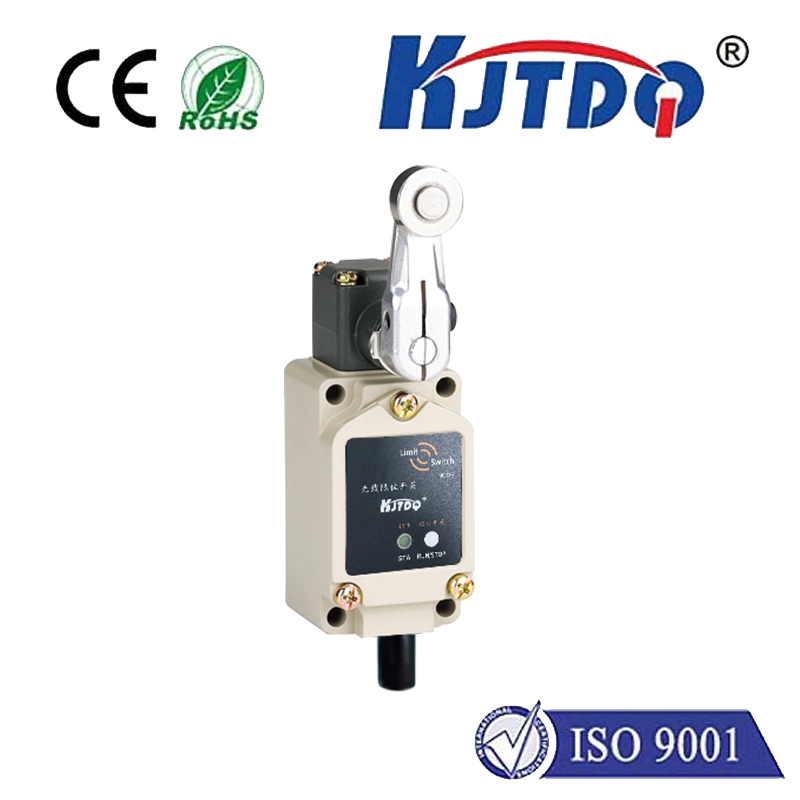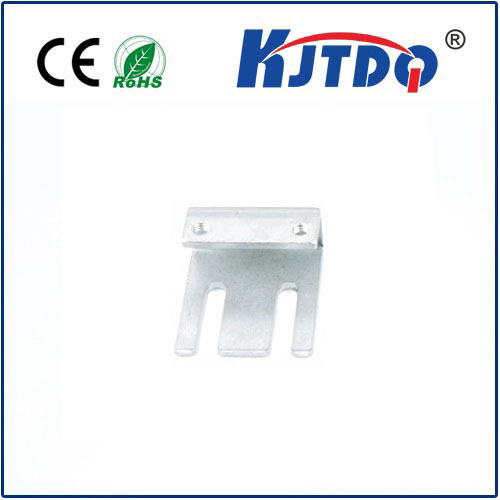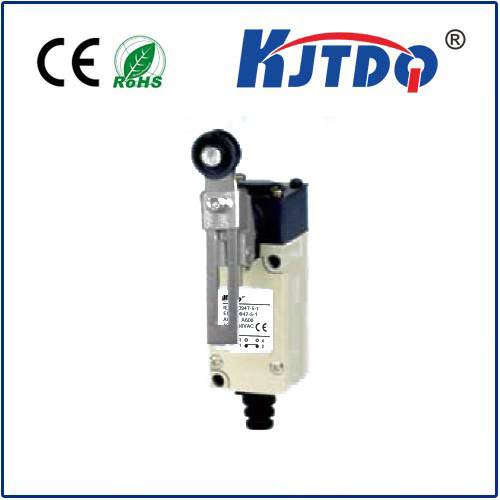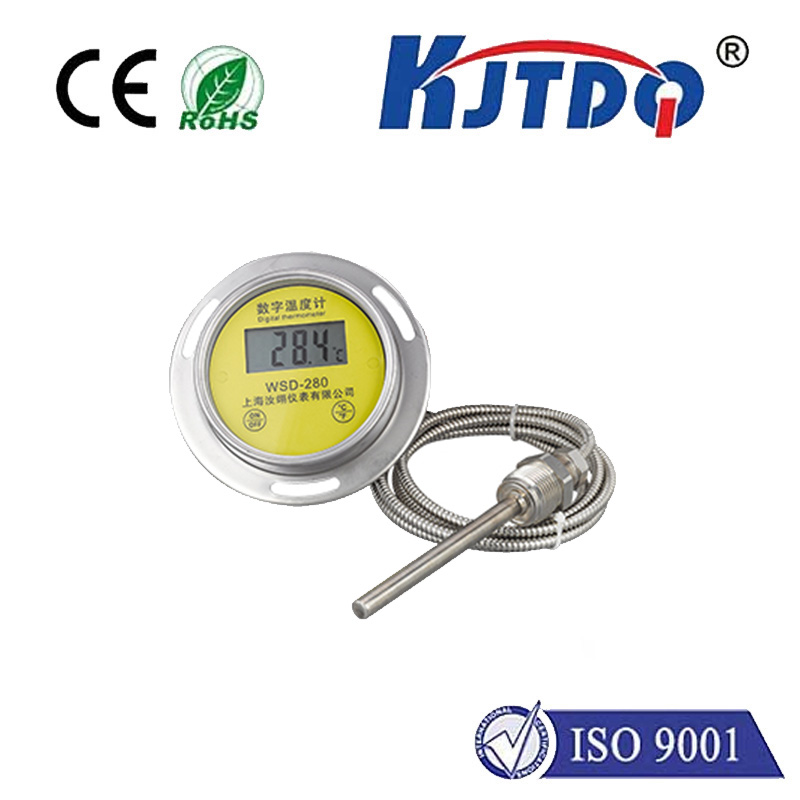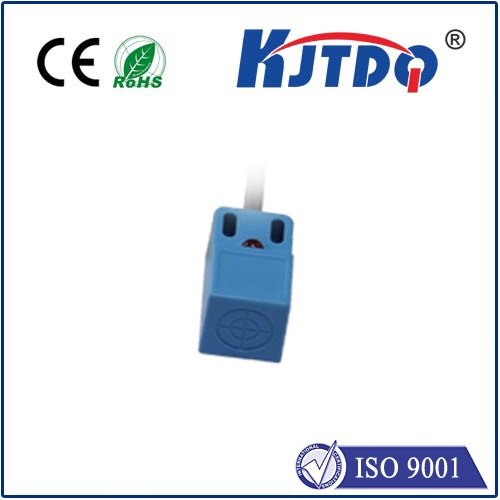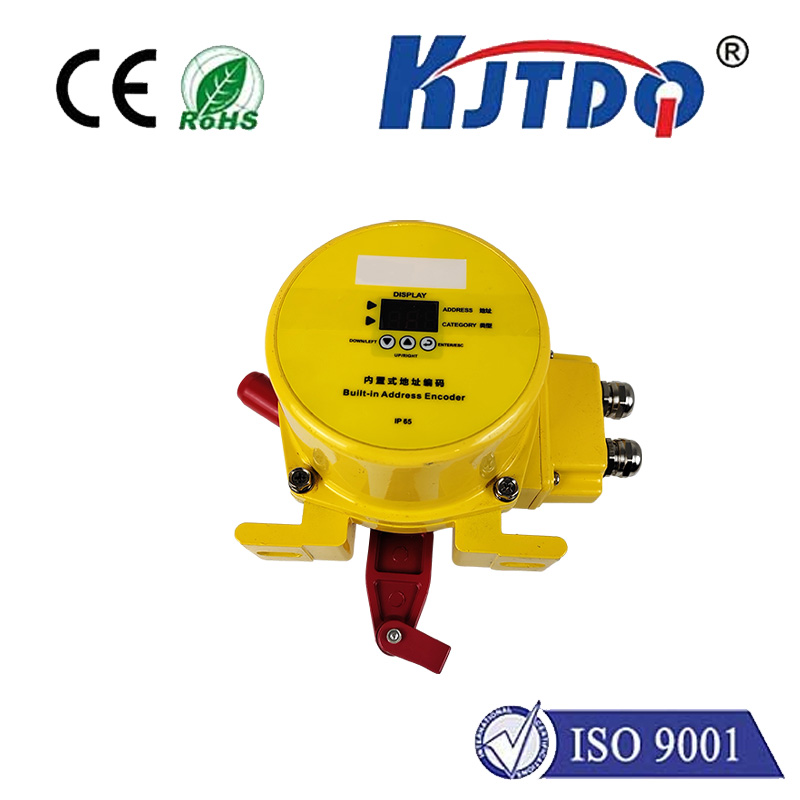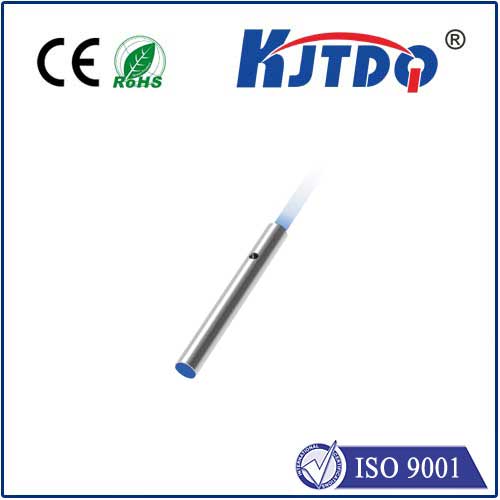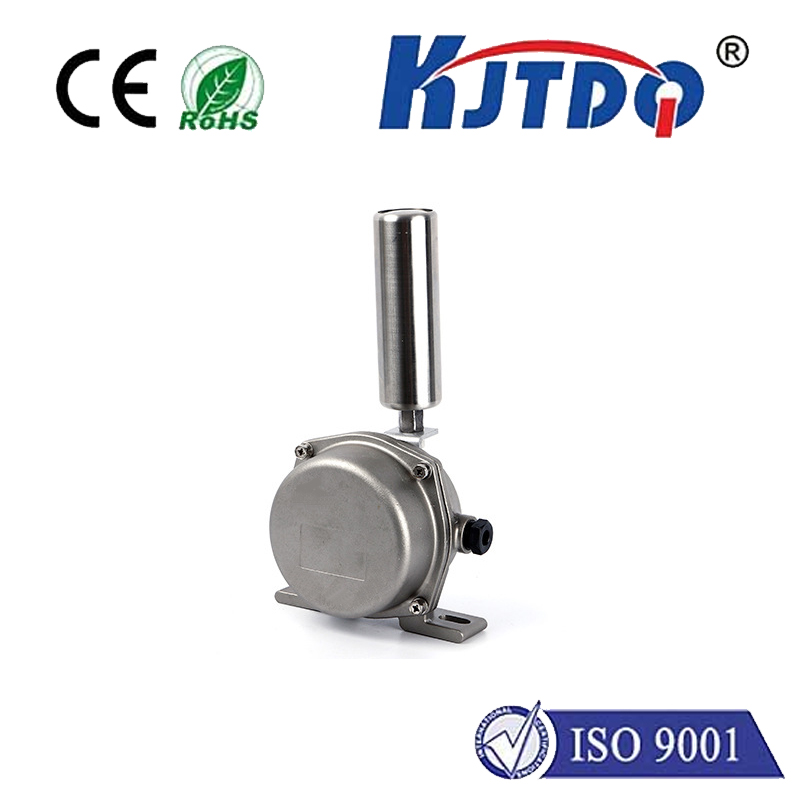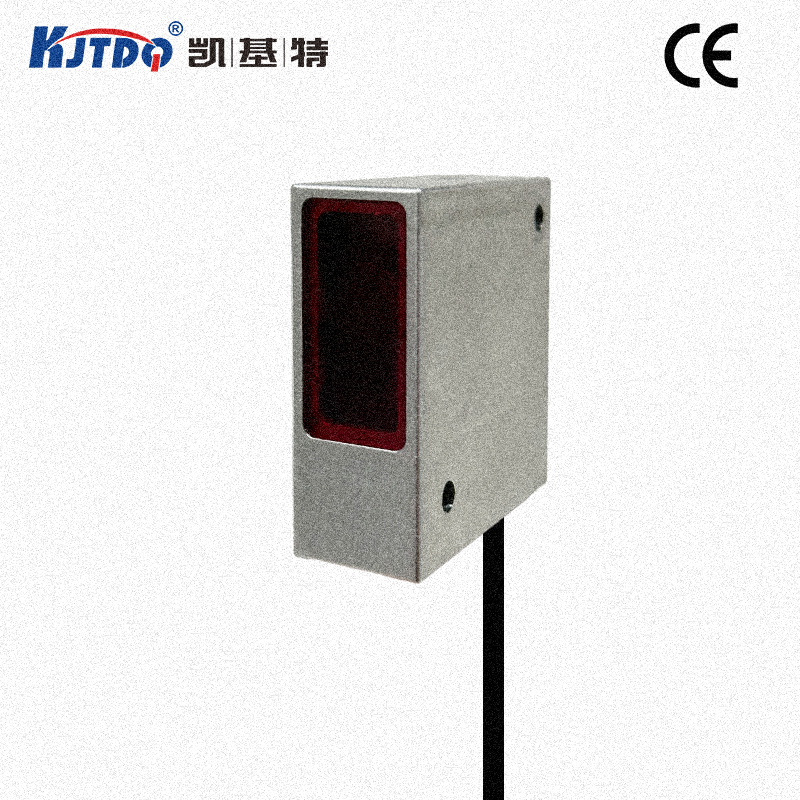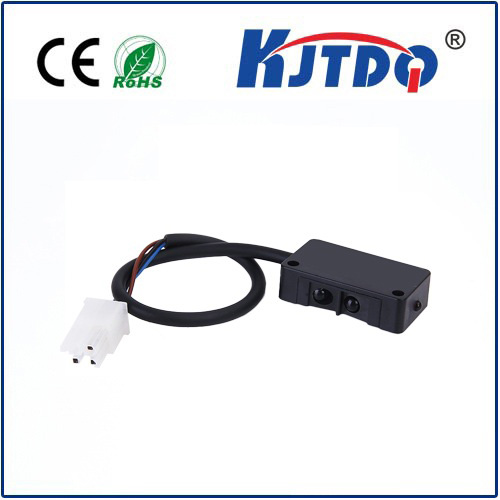
check

check

check

check

check

check

check

check

check

check
Exploring the Versatility of Limit Switches and Door Sensors in Automation
Automation has revolutionized industries worldwide, streamlining production processes and enhancing safety measures. Two crucial components that play a significant role in this transformation are limit switches and door sensors. These devices serve as the eyes and ears of automation systems, ensuring smooth operations and preventing potential accidents. In this article, we will delve into the world of limit switches and door sensors, exploring their functions, applications, and benefits in the realm of automation.
Understanding Limit Switches and Door Sensors
Limit switches are electronic devices used to detect the presence or absence of an object within their sensing range. They come in various forms, including mechanical, optical, and magnetic types. On the other hand, door sensors are designed specifically to detect when a door is opened or closed. They are commonly used in security systems to alert individuals of unauthorized access or in industrial settings to monitor machinery safety.
The Functionality of Limit Switches

Limit switches are instrumental in monitoring and controlling machinery movements. For instance, they can be employed in conveyor belts to detect when an object reaches a specific point, triggering the system to stop or reverse direction. Similarly, limit switches can be utilized in robotic arms to ensure precise positioning during assembly lines. By providing real-time feedback on machine operation, limit switches enable operators to make necessary adjustments and prevent equipment damage.
Furthermore, limit switches contribute to safety by acting as emergency stops. In scenarios where machinery malfunctions or human intervention is required, limit switches can immediately halt all operations, reducing the risk of injuries or equipment damage. This feature is especially critical in industries with high-speed machines or hazardous materials.
Applications of Door Sensors
Door sensors have diverse applications across various sectors. In residential settings, they form part of home security systems, alerting homeowners of unauthorized entries. Additionally, door sensors can be integrated into smart homes, allowing for automated tasks such as turning lights on when doors open or adjusting thermostat settings based on room occupancy.
In industrial environments, door sensors are vital for maintaining workplace safety. They can be installed on hazardous areas like electrical rooms or chemical storage facilities to ensure employees do not enter without proper authorization. Moreover, they facilitate compliance with health and safety regulations by tracking entries and exits from restricted areas.
Benefits of Integrating Limit Switches and Door Sensors
Integrating limit switches and door sensors into automation systems offers numerous advantages. Firstly, these components enhance efficiency by automating routine tasks and reducing human error. Secondly, they provide real-time data on machine performance and environmental conditions, enabling proactive maintenance and reducing downtime. Thirdly, limit switches and door sensors improve safety by detecting potential hazards and implementing emergency protocols if necessary.
Conclusion
Limit switches and door sensors are indispensable components in today's automated landscape. Their ability to monitor machinery movements, detect unauthorized access, and contribute to overall safety makes them essential tools in various industries. As technology continues to advance, it is likely that limit switches and door sensors will become even more sophisticated, further revolutionizing the way we live and work. By embracing these innovations, we can pave the way for safer, more efficient future operations.
